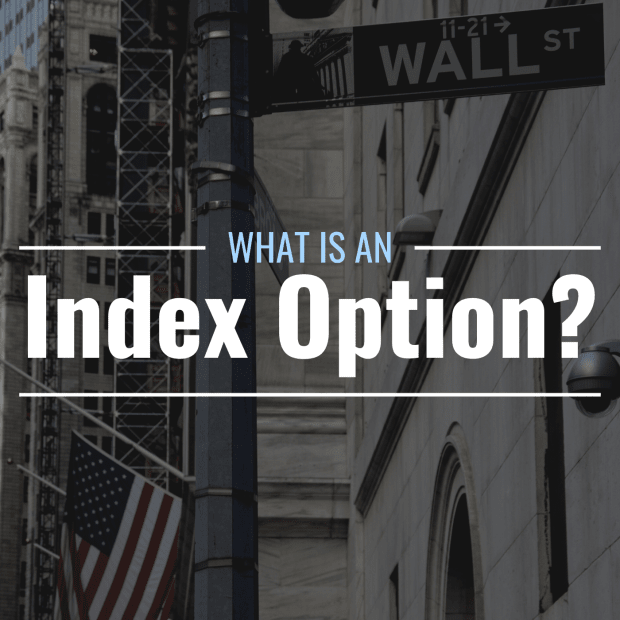
Stock indexes are weighted collections of stocks whose aggregate performance is used as a benchmark for the stock market or some portion of it. The S&P 500, for example, is a collection of the 500 largest American stocks weighted by market capitalization and is one of the most popular benchmarks against which investors compare the performance of their own portfolios.
Because indexes are theoretical and aren’t actual stock funds, investors can’t purchase shares of them directly—that’s where index options come in.
What Are Index Options?
Index options are options contracts that give their owners the right to buy or sell the value of an underlying stock index at a specific strike price on a particular expiration date. Index options, like normal, single-stock options contracts, are derivative securities because they derive their value from an underlying instrument—in this case, a stock index like the Nasdaq Composite or the Russel 2000.
Like a normal options contract, an index option can either be a call or a put. Calls allow their owners to buy the value of an index at the specified strike price, whereas puts allow their owners to sell the value of an index at the specified strike price. An investor who is bullish on an index (thinks it will go up in value), might therefore buy a call option, while an investor who is bearish on an index (thinks it will go down in value) might buy a put option.
How Do Index Options Differ From Normal Options Contracts?
Index options are quite similar to typical options contracts, but they differ in several important ways:
- While the value of a typical options contract varies based on the price of a single, underlying stock, the value of an index option varies based on the price level of an entire stock index composed of many different stocks.
- Typical options contracts can be exercised any time before expiry (in the U.S.), while most index options can only be settled on their expiration date (similar to European-style options).
- When normal options contracts are exercised, their owner purchases or sells the underlying stock at the strike price, whereas when index options are exercised, they are settled with cash, as no underlying stock shares are actually tied to the contract.
How Do Index Option Multipliers Work?
Like traditional options contracts, which are typically for the purchase or sale of 100 shares, index options usually come with a multiplier of 100.
This means that if the listed premium (sale price) of an index option was $200, the total contract would cost $20,000 to purchase, and the price change of the underlying index would also be multiplied by 100 for the cash settlement of the contract upon expiry, if exercised.
An example of how this process works is outlined below.
Example of the Purchase and Exercise of an Index Options
Let’s say an investor wanted to bet on the future price movement of a fictional stock market index called Index XYZ, which is currently valued at $18,500. The investor thinks the index will go up in value over the next few months, so they want to buy a call option. Here is what the index options contract might look like:
- Index spot price: $18,500
- Index option strike price: $19,000
- Index option premium: $200
- Index option multiplier: 100
- Total cost of contract: $20,000
- Contract expiration: 2 months
If, in two months, Index XYZ is valued at $19,500, the investor would exercise their index option contract and receive a cash payout of $50,000 (the index’s current spot price of $19,500 minus the contract’s strike price of $19,000 times the multiplier of 100). Because the investor initially paid $20,000 (the contract’s $200 premium times the multiplier of 100), they would profit by $30,000.
How Are Capital Gains From Index Options Taxed?
Normal options contracts almost always expire a year or less from when they are written, so any capital gains an investor incurs from them are taxed at the short-term capital gains rate, which is higher (less advantageous) than the long-term rate.
Capital gains incurred via broad-based index options, on the other hand, are tax-advantaged—they qualify as Section 1256 contracts and are therefore subject to what is known as a “60/40 rule.” This means that 60% of the gains from an index option are taxed at the long-term rate, and the remaining 40% of the gains are taxed at the short-term rate.
For example, since the investor in the example above made $30,000, $18,000 of this would be taxed at the lower, long-term capital gains rate, and the remaining $12,000 would be taxed at the higher, short-term capital gains rate.
Where Can You Buy and Sell Index Options? Do They Trade on Exchanges?
Many index options are traded via the Chicago Board Options Exchange (CBOE). A list of tradable index options is available on the company’s website.







